
Lobodon carcinophagus
Lobodon carcinophagus,Crabeater seal
Sawtooth seals are called Lobodon carcinophagus in scientific name and Crabe···
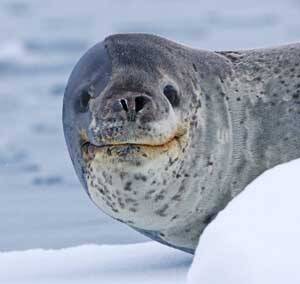
Hydrurga leptonyx
Hydrurga leptonyx,leopard seal,
Leopard seal (scientific name: Hydrurga leptonyx) is also known as leopard s···
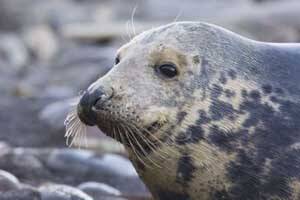
Halichoerus grypus
Halichoerus grypus,Grey seal,Atlantic grey seal
Grey seal (scientific name: Halichoerus grypus) is a large seal in the famil···
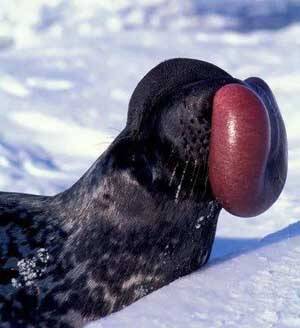
Cystophora cristata
Cystophora cristata,Hooded seal
Hooded seal (scientific name: Cystophora cristata) is also known as Hooded s···

Phoca vitulina
Phoca vitulina ,Common seal
The scientific name of the harbor seal is Phoca vitulina (Linnaeus, 1758), a···
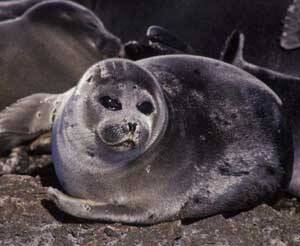
Phoca sibirica
Phoca sibirica,Baikal Seal,Siberian seal, freshwater seal
Baikal Seal (Phoca sibirica), also known as Baikal Seal in English, lives in···
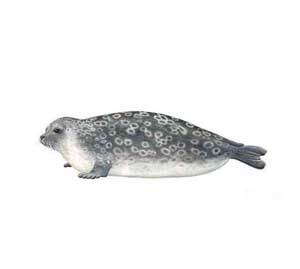
Phoca hispida
Phoca hispida,Ringed seal,Nordic seal, ice seal, ring seal
The scientific name of the ringed seal is Phoca hispida, and its foreign nam···

Pagophilus groenlandicus
Pagophilus groenlandicus,Harp Seal、Greenland Seal,Greenland seal, ice seal, Lyra seal, saddle seal
Harp seal (scientific name: Pagophilus groenlandicus) is also known as Harp ···

Phoca caspica
Phoca caspica,Caspian ringed seal, Phoca leucopus
The scientific name of the Caspian seal is Phoca caspica, an animal belongin···

Ommatophoca rossii
Ommatophoca rossii,Ross seal, Ross seal
The big-eyed seal (scientific name: Ommatophoca rossii) is named because of ···

Monachus tropicalis
Monachus tropicalis ,Caribbean monk seal,West Indian monk seal
Caribbean monk seal, Monachus tropicalis (Gray, 1850) foreign name Caribbean···
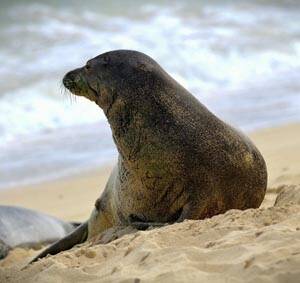
Monachus schauinslandi
Monachus schauinslandi,Hawaiian monk seal
Hawaiian monk seal (scientific name: Monachus schauinslandi) is the only nat···
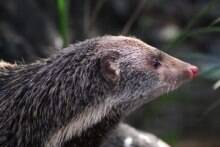
Herpestes urva
Herpestes urva,Crab-eating Mongoose,Mountain badger, brown cat, rock badger
Crab-eating mongoose (Latin name: Herpestes urva) is also known as mountain ···
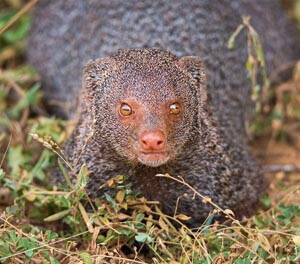
Herpestes smithii
Herpestes smithii,Ruddy Mongoose,Red mongoose, Golden palm civet
Ruddy Mongoose (scientific name: Herpestes smithii) is called "mugatiya···
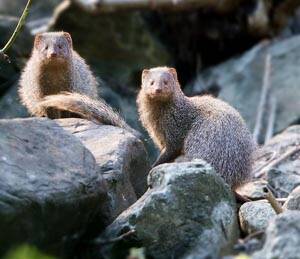
Herpestes edwardsii
Herpestes edwardsii,Indian Gray Mongoose
The gray mongoose, scientifically known as Herpestes edwardsii, is a lone ra···
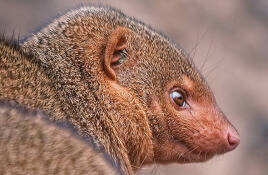
Helogale parvula,Dwarf mongoose
Helogale parvula
The dwarf mongoose (scientific name Helogale parvula) is a small carnivore i···
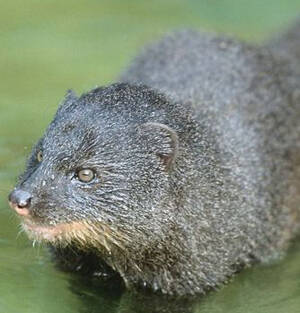
Atilax paludinosus,
Atilax paludinosus,Swamp Mongoose
The swamp mongoose (scientific name Atilax paludinosus) is a medium-sized mo···
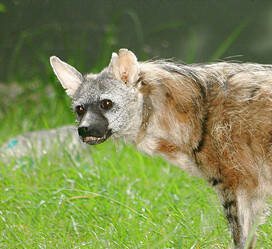
Proteles cristatus
Proteles cristatus,Aardwolf, Hyena
Coyote (scientific name: Proteles cristatus) is also known as Aardwolf in En···
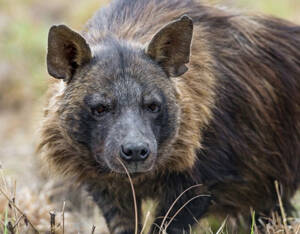
Parahyaena brunnea
Parahyaena brunnea,Brown Hyaena,Brown hyena, beach wolf
Brown hyena (scientific name: Parahyaena brunnea) is also known as Brown Hya···
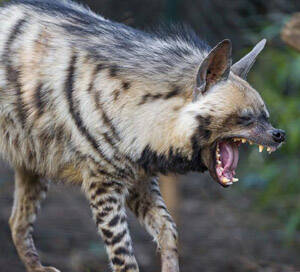
Hyaena hyaena
Hyaena hyaena,Striped Hyaena, Hyène rayée,Hiena Rayada, Daba'a Moukhattat
Striped hyena (scientific name: Hyaena hyaena) English Striped Hyaena, Frenc···
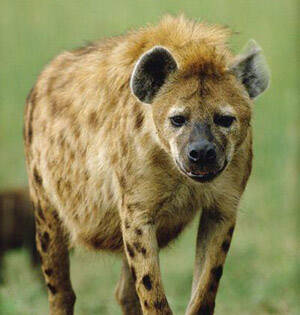
Crocuta crocuta
Crocuta crocuta,Spotted Hyaena,Spotted Hyena
Spotted hyena (scientific name: Crocuta crocuta), also known as spotted hyen···
